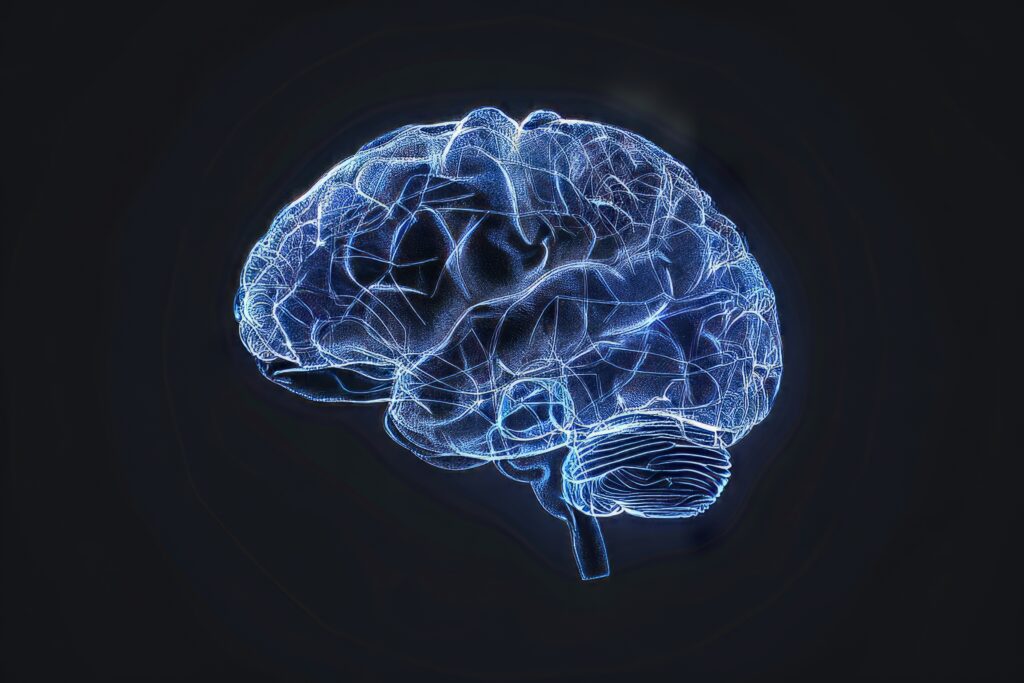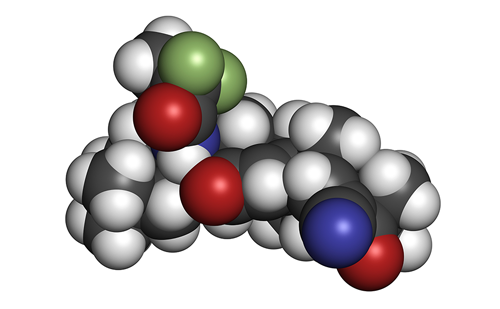Huntington’s disease (HD) is a genetic neurodegenerative disease that can affect movement, cognition and mental health. It is caused by a dominant mutation in the huntingtin gene, HTT. HD is estimated to occur in 5–10 people per 100,000 yearly, worldwide.1 Pridopidine (Prilenia Neurotherapeutics Ltd, Greenwork Park, Kibbutz Yakum, 6097200, Israel), a sigma-1 receptor (S1R) agonist, is currently under investigation in the phase III clinical trial PROOF-HD (Pridopidine’s Outcome On Function in Huntington Disease; ClinicalTrials.gov Identifier: NCT04556656) to determine whether it can improve HD in adults.2 The first results of this study were presented at the 2023 American Academy of Neurology meeting.3,4 In this expert interview, Dr Ralf Reilmann discusses the trial outcomes, drawing comparisons to current treatment options. He addresses why the primary endpoint was missed and outlines the potential avenues for future research and development.
Q. Can you provide an overview of the unmet needs in the treatment of Huntington’s disease and the current treatment options?
Current treatment options are limited and solely symptomatic.5 The involuntary choratic movements can be reduced by dopamine-depleting agents or neuroleptics. Depression and anxiety can be improved by certain antidepressants, and agitation can be improved with neuroleptics. However, all of these treatments have relevant side effects. Most importantly, no available treatment can halt or slow the progression of HD. Pridopidine offers a novel mechanism of action for HD by acting as an agonist of the S1R. S1R agonists were shown to modify processes relevant to the pathology of HD and improve symptoms, histopathology and lifespan in preclinical HD models.6,7 The activity of pridopidine on S1R has been shown in human positron emission tomography studies.8 Indeed, pridopidine has shown positive effects in secondary endpoints in several human clinical trials. For example, the phase II study PRIDE-HD (ClinicalTrials.gov identifier: NCT02006472) showed positive results in the objective Q-Motor assessment and the total functional capacity (TFC) score of the Unified Huntington’s Disease Rating Scale (UHDRS), especially in patients with early-stage HD.9
Q. What are the aims, design and eligibility criteria of the PROOF-HD study?
PROOF-HD was designed to demonstrate the safety and efficacy of pridopidine 45 mg twice daily (BID) compared with placebo on global functionally relevant domains in HD. It included early symptomatic subjects with proven HD mutation and preserved function. The primary endpoint was the TFC score of the UHDRS. Several secondary endpoints were included: the composite Unified Huntington’s Disease Rating Scale (cUHDRS), which assesses multiple relevant domains, such as motion, cognition and function; the objective Q-Motor assessment; and scales for specific relevant subdomains, such as cognition.
Q. What were the key findings from the study? Could you elaborate on the specific benefits observed in certain patient subgroups?
The high need for novel treatment options in HD was demonstrated by the dynamic recruitment of participants for the PROOF-HD study, which was completed ahead of schedule. The study was conducted by the clinical research organization Huntington Study Group Clinical Research for the sponsor Prilenia. The global network of the Huntington Study Group Clinical Research facilitated the recruitment and execution of the study. The primary endpoint failed to show significant effects in the overall study population; however, we did see nominally significant effects in some Q-Motor measures, which corroborated findings from the PRIDE-HD study. Notably, prespecified analyses of participants who were not taking neuroleptics and antichorea medications showed significant effects in the cUHDRS, cognitive measures and multiple objective Q-Motor measures, with strong p-values. These effects are intriguing and were maintained throughout the study. In hindsight, patients on neuroleptics and antichoreatic drugs should have been excuded; unfortunately, they were not.
Q. Were any significant side effects or safety concerns reported during the study?
Pridopidine was shown to be well tolerated and safe. These findings are in line with results from previous studies and show that this drug could easily be made available to patients worldwide. Note that the current dose of 45 mg BID is far below the doses tested in the PRIDE-HD study, which went up to doses of 112.5 mg BID and also showed no relevant safety concerns. At the same time, some patients have been treated with 45 mg BID for several years in open-label studies, such as OPEN-HART.10,11 Furthermore, the safety aspect is also clinically supported by the high retention rate of 92% in the PROOF-HD study, despite its duration of 1.5 years.
Q. Why was the primary endpoint not achieved, and what factors might have contributed to this?
The TFC score is a difficult endpoint to meet as it changes slowly, and clinical trials are conducted over limited timespans. Furthermore, it is often difficult to assess improvements in the TFC; for example, if people do better in a trial, it does not mean that they can quickly return to their previous job or restart activities of daily living that were taken over by caregivers in the meantime, such as doing their laundry. Assessing specific domains, such as motor or cognition, is generally easier.
Q. How do these findings compare with previous studies or treatments for Huntington’s disease?
The efficacy profile of pridopidine observed in the secondary measures is unique. No medication in HD has yet shown evidence for efficacy in motor, cognitive and global domains at the same time. Pridopidine is the first drug to show benefits on objective, unbiased Q-Motor measures across two independent phase II/III trials. This is a robust clinical observation since these measures are quantitative and free from the placebo effect. We have not yet had so much cumulative evidence for positive effects across domains and studies of any drug in HD.
Q. How will these findings be used to inform future treatment decisions? What will be the next steps in the development of pridopidine?
Given the unmet medical needs and the recent failure of other trials, I believe that the cumulative evidence for a beneficial central effect of pridopidine is strong. The unbiased Q-Motor measures have now demonstrated sustained motor effects across the PRIDE-HD and PROOF-HD studies. No similar effects in cUHDRS and cognitive scales have been observed in other trials. In my opinion, pridopidine should be made available to patients with HD who do not take neuroleptics and antichoreatic medications. Given the present evidence, I wonder whether a conditional approval of pridopidine would be a way to explore its full potential for those living with HD. Another interesting perspective, which could be explored, would be to test pridopidine in prodromal gene carriers.




